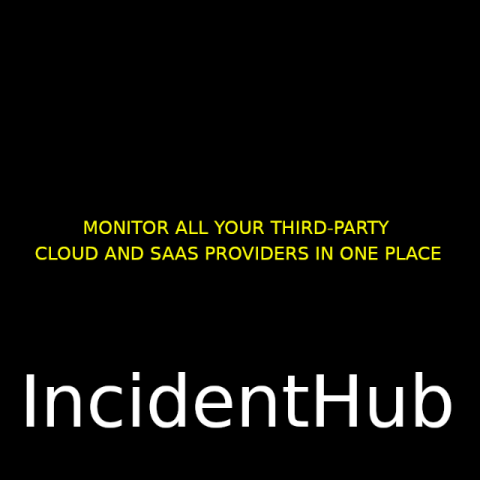Monitoring Specific Components and Regions in Your Third-Party Services
Chances are, most of your third-party cloud and SaaS dependencies are globally distributed and have many regions of operation. Chances are, your applications use a subset of a cloud or SaaS service. If you are monitoring such a service, why should you receive alerts for all regions or every single component in the service? E.g. if you use Digital Ocean, you might be using Kubernetes in their US locations (NYC and SFO). You would want to know only when there is an outage in one of these locations.











